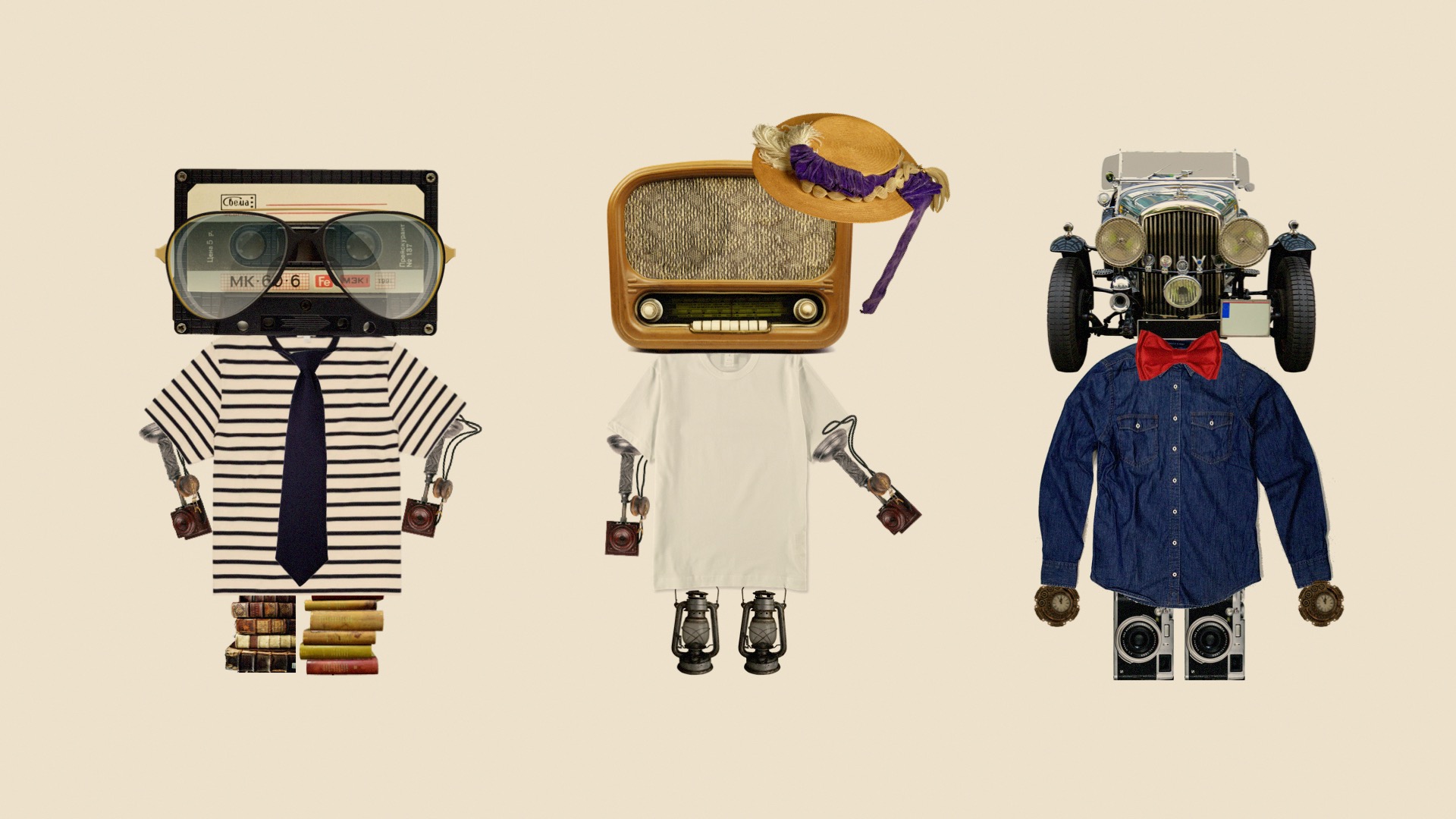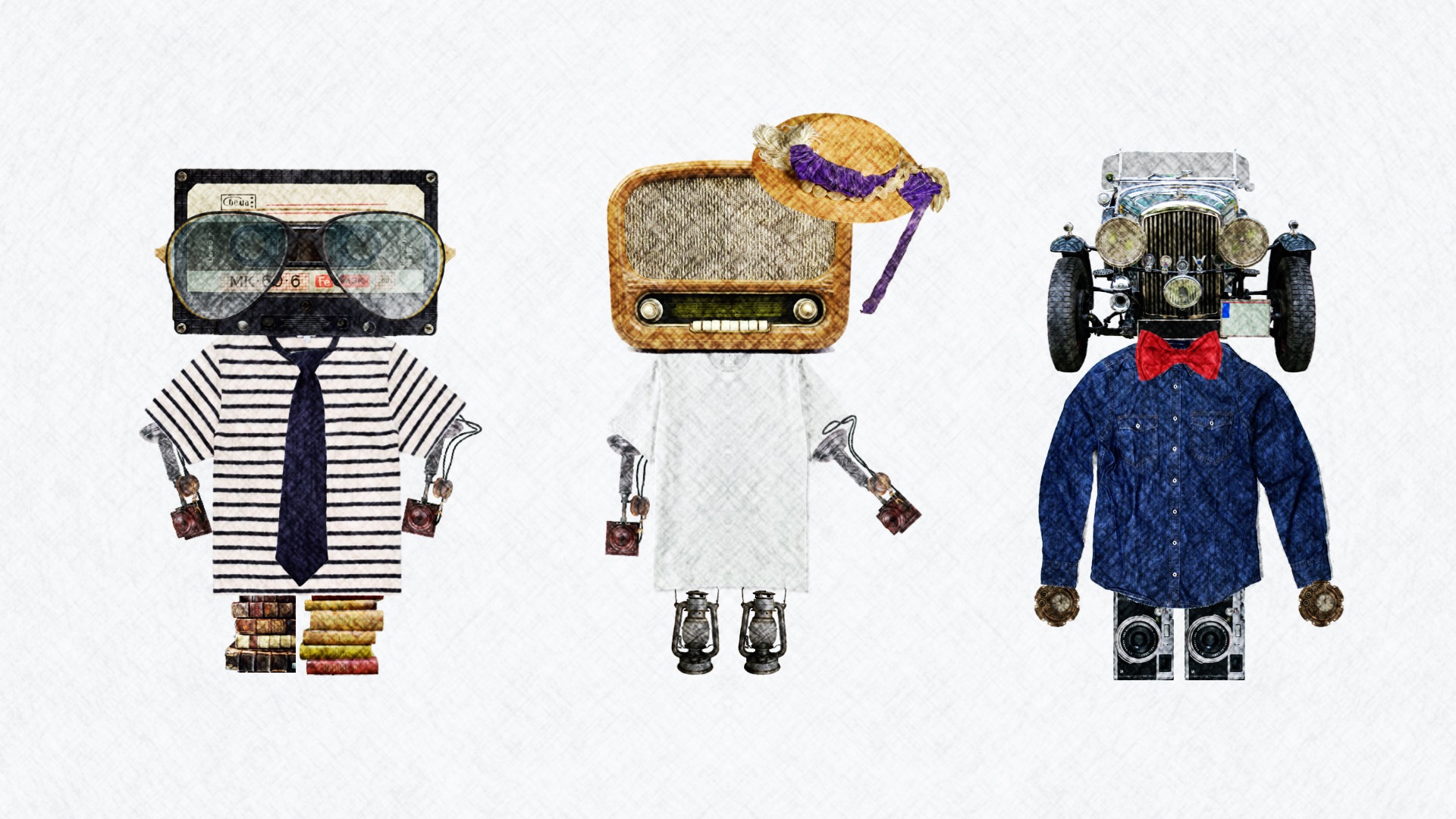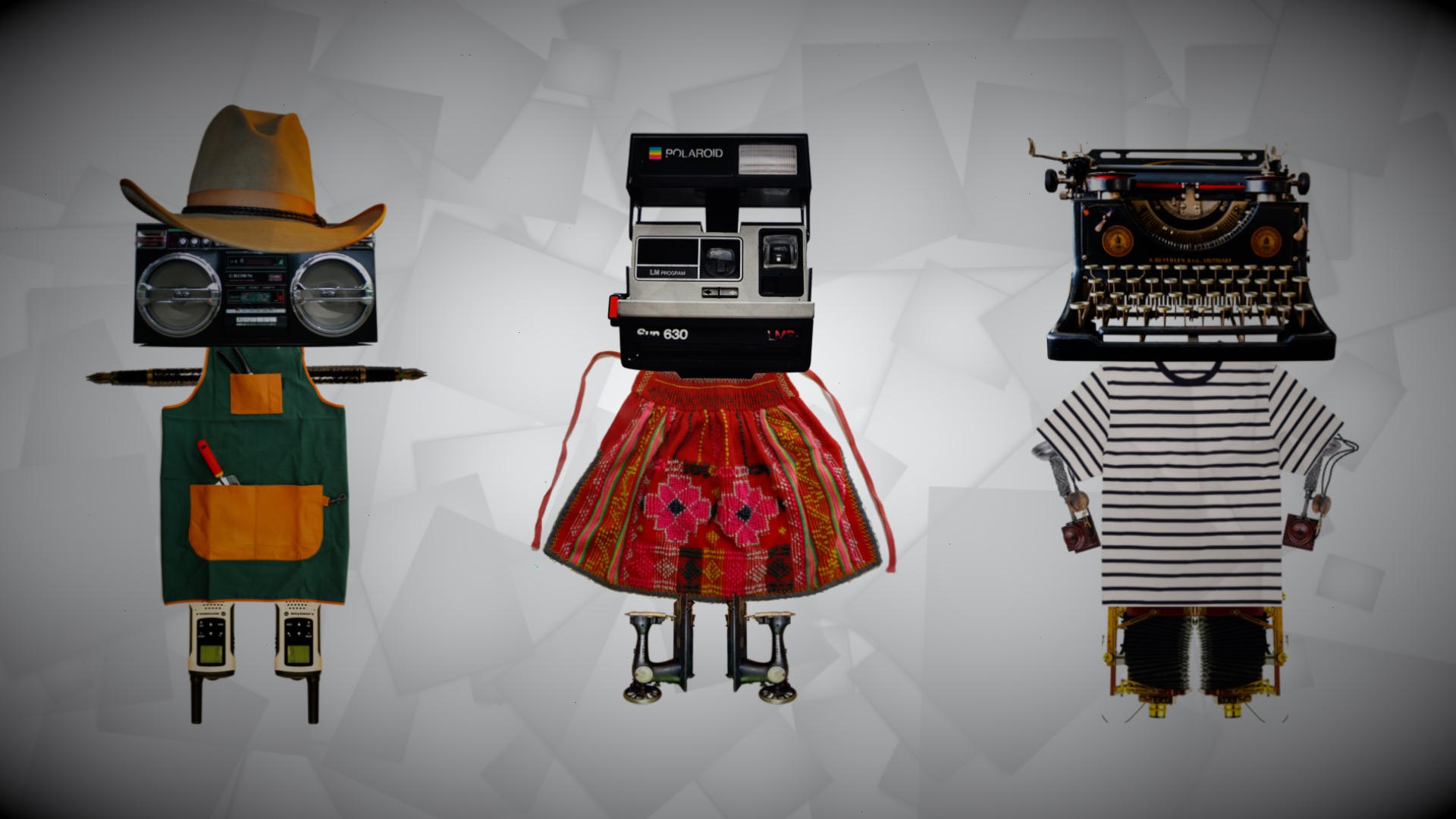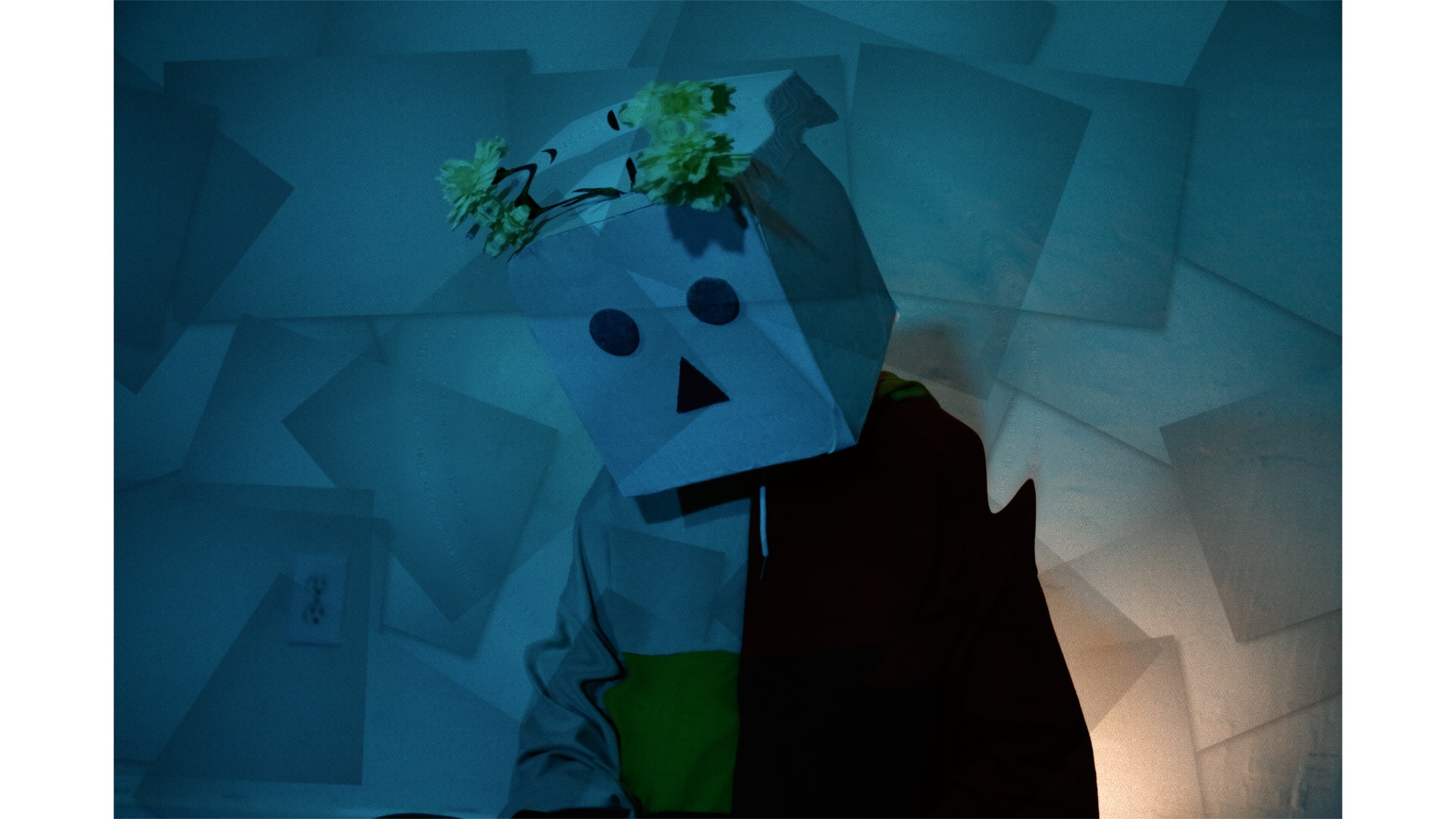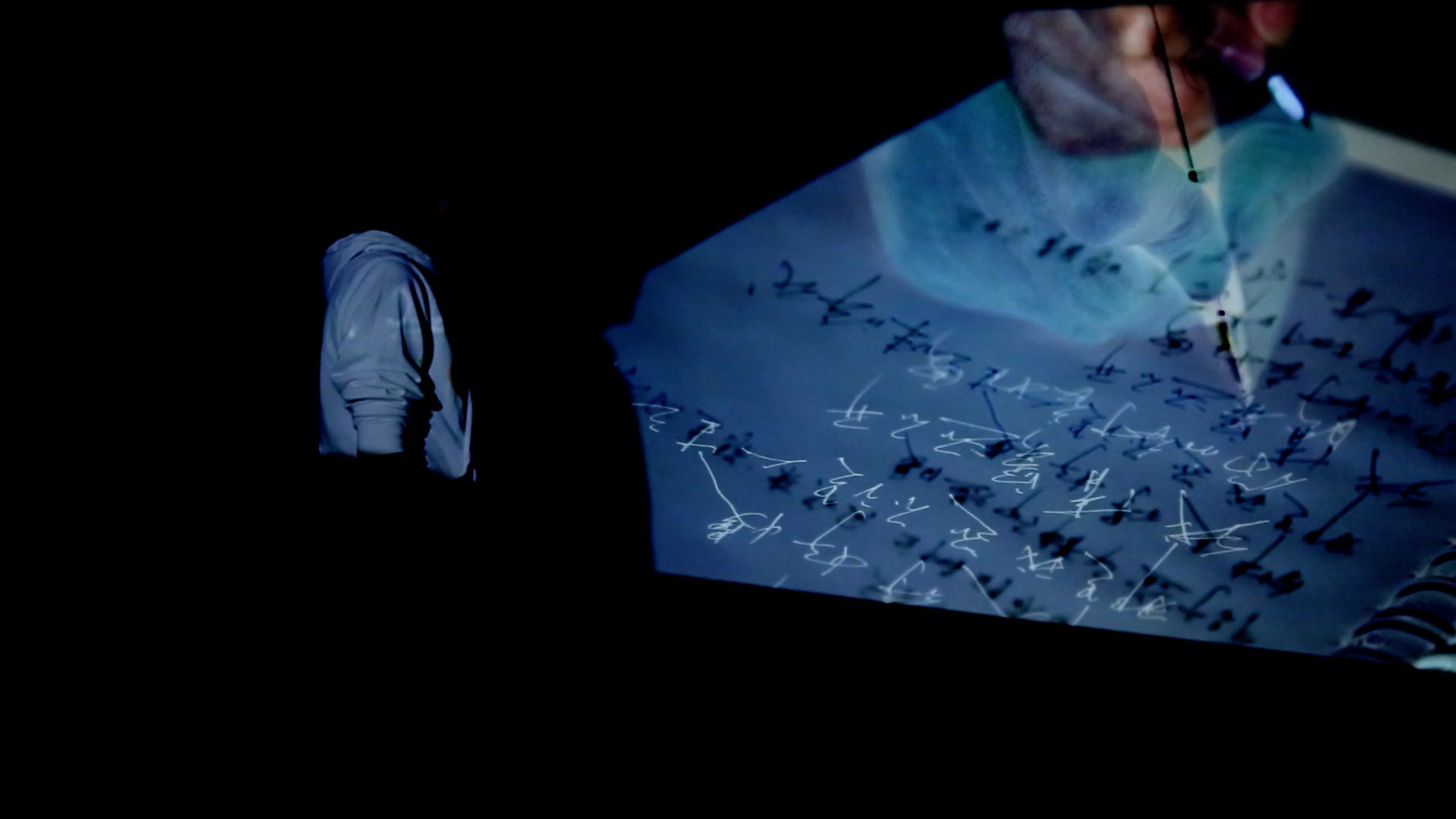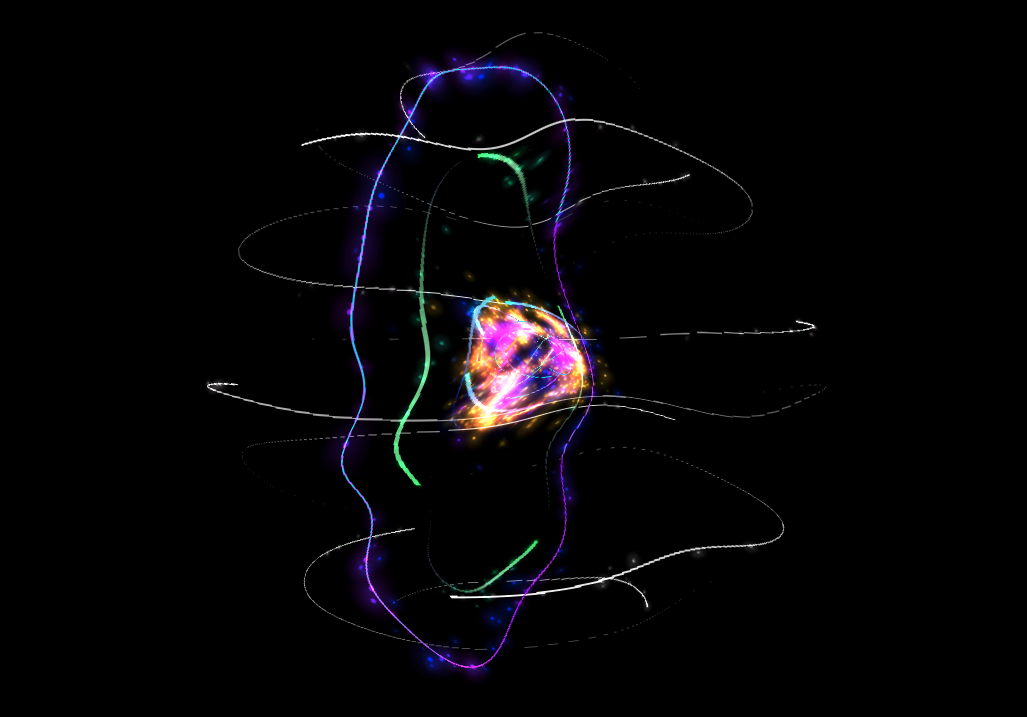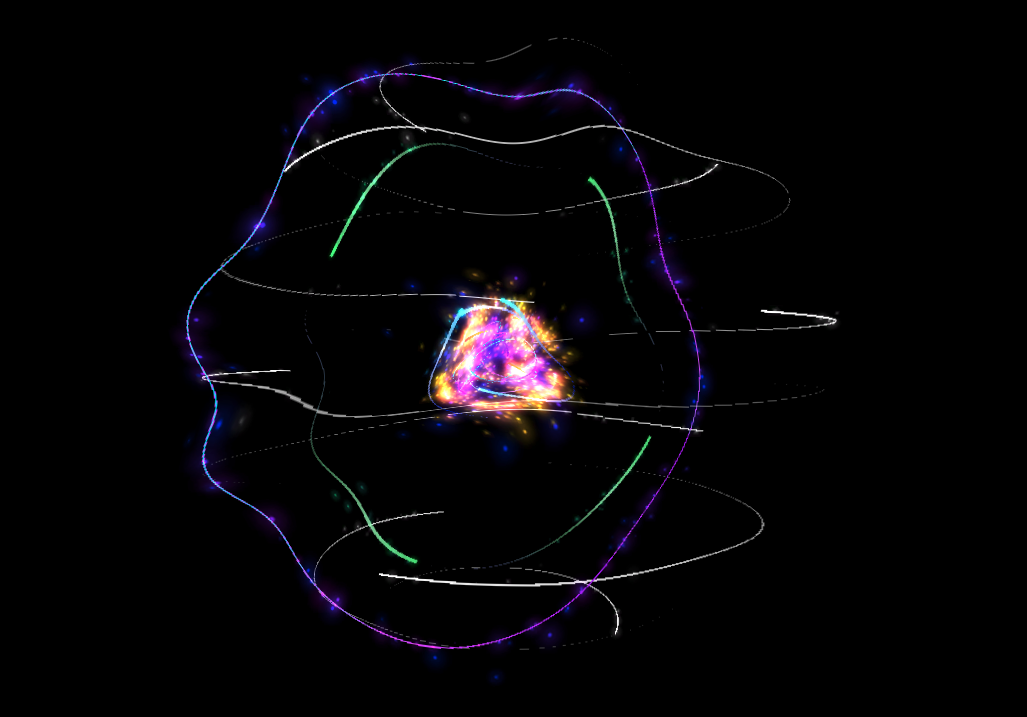Overview
Dear NostalgiaBot, who are you, where did you come from, and where are you leading us? Centered around the three questions, this computational audiovisual art installation investigates the relationship between nostalgic contemplation and human connection, through a multi-sensory interactive experience with a robot storyteller called NostalgiaBot.
Are you feeling nostalgic? It is okay to yearn for those golden days in the past. Amid the pandemic, many of us are forced to live in murky self-quarantine boxes, which isolate us from one another and evoke a sense of everlasting temporality within us. We may feel this current lifestyle is temporary, but we don’t know when it will end and what the world will be like in future. We may wonder what the post-pandemic world will be like? Our vision of an ideal future is often associated with technological breakthroughs that resolve most pressing challenges in the world, as the world is often assumed to be progressive. What if our collective history tinted with our personal memories is like a lake of muddy water mingled with a few diamonds? Instead of inventing a solution to the future, we can plunge into the water for these diamonds that may hold the key to a more inclusive and sustainable future? Let the nostalgic contemplation flow through the crevices of the self-quarantine boxes, carving a path for us to connect yesterday, today and tomorrow, as well as with each other.
NostalgiaBot creates an immersive audiovisual space for our spiritual contemplation on what makes us nostalgic, what memories we cherish the most, and more importantly, how nostalgia can be re-imagined as a homeward journey toward a flourishing future world. The robot storyteller shares its personal journey with you through some pieces of its fragmented memory. It has a memory processing system that can encode, store and retrieve auditory memories. The robot’s “hippocampus” stores tens of thousands of raw audio clips, of which diverse topics range from rainforest thunderstorm to Chinese dragon dance. Its memory retrieval system algorithmically picks, fuses, and mixes a set of clips from its “hippocampus” into one memory fragment, based on their thematic and acoustic characteristics. Each time the generated memory fragment differs from last time, as it is computationally produced in real-time. Then, the robot shares with you an auditory memory fragment, along with a visual illusion of its neuronal firing that reacts to the fragment’s acoustic features, intending to create an immersive space for nostalgic contemplation.
After sharing a memory fragment, the robot reveals how it encodes and stores raw audio clips. The audio clips in its “hippocampus” all relate to private thoughts, feelings, vulnerabilities and memories previous viewers willingly shared with the robot as responses after listening to the robot’s memory fragments. The clips were either uploaded by the viewers directly into its “hippocampus”, or parsed from the Internet to echo the semantic contents of the viewers’ sharing. Metaphorically, memory fragments NostalgiaBot shares with us come from other strangers who gently nourished its “soul” before. They grow as it meets more strangers who are willing to share. Through reciprocal story sharing with NostalgiaBot, we may find solace in the kindness of strangers and the mystical power of ordinary everyday moments in our life to shape others’.
Nostalgia Robots
Conceptual Description
Speculative design on interactive storytelling
The notion of nostalgia often reminds me of Yin-Yang in Taoism, which describes how seemingly opposite or contrary forces may actually be complementary, interconnected, and interdependent. Nostalgia also has this seemingly paradoxical, yet ontologically complementary dualism. This feeling is deeply personal and private, yet elicited by the displacement of physical time and space. It sheds light on our interior landscape in relation to the external world we inhabit.
Critical and collective contemplation on nostalgia questions our habitual ways in which we interpret the relationship between the past and the future, and envisions a retrospective homeward journey toward a more equitable, inclusive and sustainable future. The mystical magic of nostalgia lies in its Taoist force to “wear away the rock with water” or “use the vulnerable and soft to overcome the strong.”
It also seems paradoxical that a robot storyteller, NostalgiaBot that lacks genuine emotions and consciousness, is used as the medium for facilitating our nostalgic contemplation. In this work, the robot indeed embodies the community we live in together, reflecting our collective identity. The robot’s narrative voice, visual expressions and auditory memories are multi-modal manifestations of historical eras, past lifestyles, and diverse cultures across time and space. Additionally, making a robot is similar to building a community in a way that it relies on two core spirits essential for a flourishing community: wholeness and interdependence. To function, a robot needs all its individual components, from software and sensors to screws and wires, to seamlessly integrate and coordinate as a whole.
Through reciprocal story sharing with NostalgiaBot, we may find solace in the kindness of strangers, and an ordinary moment in our life may shape others’. This is the spirit of Ubuntu: I am, because we are. Lastly, the reciprocal spirit of NostalgiaBot is also in response to a quote from Andrei Tarkovsky:
Art is culture, culture is the soul and memory of the people...Culture is like blood, it must circulate, and it must circulate normally everywhere.
Speculative design on human-robot interaction
Using an embodied social agent as the medium for contemplative nostalgia, the project brings recent scientific research in social robotics and affective computing to a speculative level. Empirical evidence shows the great potential of social robots in affectively engaging with humans and assisting them with a variety of tasks from house cleaning to personalized after-school tutoring for students. With the growing prevalence of social robots in daily life, concerns and fears about robots also arise, such as their perceived emotional manipulation and their replacement for human-human relationships. In response to both technological progress and social concerns of robots, the project NostalgiaBot defamiliarizes and questions the habitual ways in which we understand social robots and human-robot interaction. NostalgiaBot reimagines new possibilities of robots’ physical embodiments, their emotional intelligence, as well as their autonomy and vulnerability.
Social robots are often associated with high-tech, futuristic physical embodiments such as programmable soft actuators, biological inspired synthetic skin, emotionally expressive humanoid face, and mobile dexterous torso. Could everyday objects, which are usually seen as too ordinary to be “technology” despite once being technologically progressive when first invented, be transformed into social robots? In the NostalgiaBot project, the physical embodiments of robots are generated using everyday objects or antiques such as cassettes and radio players. These objects become social beings when the cultural, personal and historical stories they carry with themselves are unfolded to us and thereby constitute their unique social identities. The boundaries between everyday objects and social agents fade away toward a new synergy, i.e., “nostalgia robot”, in a way similar to the life journey of the coffee grinder in Olga Tokarczuk’s Primeval and Other Times. In this sense, the NostalgiaBot project poses new design questions on social identities and physical embodiments of robots in relation to social, cultural and historical contexts.
Regarding emotional intelligence in robots, the current state-of-the-art social robotics research focuses on how to enable a robot to accurately decode and encode social cues such as human-like facial expressions and speech sentiment in human-robot interactions. However, what if a robot’s emotional intelligence is reimagined as vessels for the circulation of human emotions among people within a community? Empowering people to affectively resonate with other people, NostalgiaBot utilizes the state-of-the-art natural language processing and signal processing techniques, merged with immersive storytelling, to transcend the current narrowly-defined emotional intelligence in robots beyond the problem-solving narrative.
Similarly, NostalgiaBot poses a speculative design scenario that challenges our habitual tendency to overemphasize the necessity of technology’s autonomy and neglect the importance of human-technology interdependence. NostalgiaBot mediates human connection on both individual and collective levels through its self-disclosure and dependence on humans’ story sharing, investigating new ways of how we humans find ways to care about each other in today’s globalized yet socially distanced societies.
NostalgiaBot’s Collective Memory Replay
-
A tape-recorded interview with Andrei Tarkovsky, conducted by Gian Luigi Rondi on April 15, 1980. Reference: Il Cinema dei Maestri (The Cinema of the Masters), by Gian Luigi Rondi, Rome, Rusconi Editore, 1980. ↩
